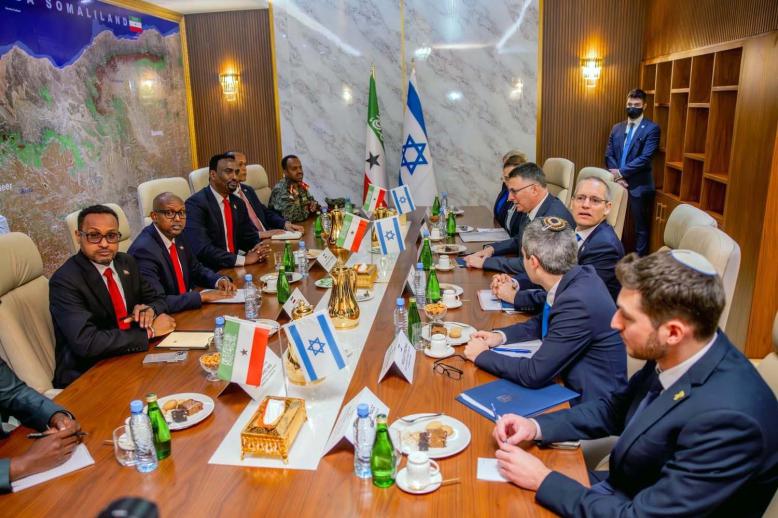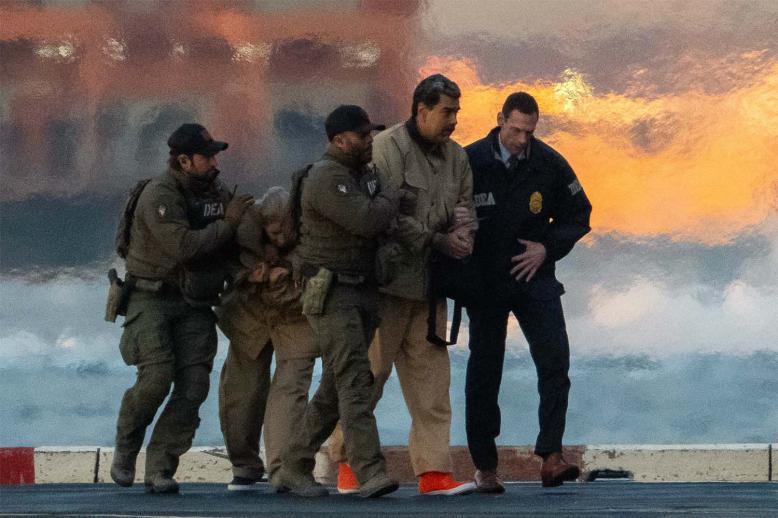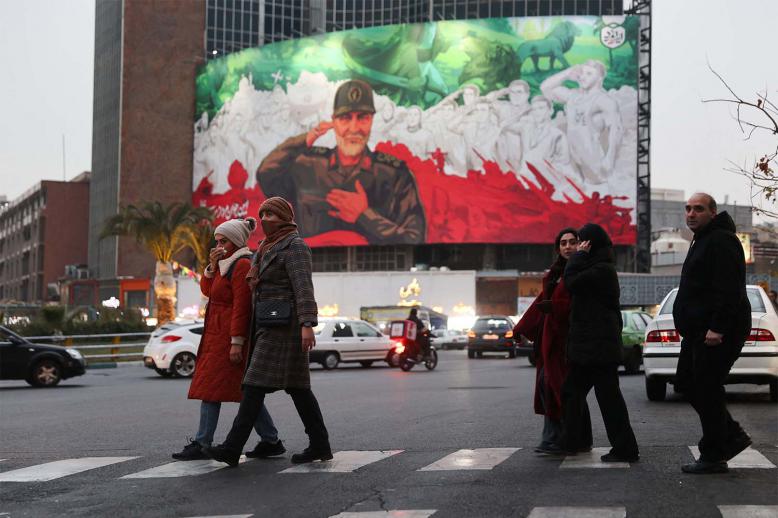Trump’s antiterrorism strategy describes ‘a nation at war’
“We remain a nation at war” declares the opening line in the Trump administration’s National Strategy on Counterterrorism, adding that “while we have succeeded in disrupting large-scale attacks in the homeland since 2001, we have not sufficiently mitigated the overall threat that terrorists pose.”
The 34-page document — released by the White House but presumably incorporating input from the State and Defence departments and various national security and intelligence agencies — is designed to inform and reassure the public.
The document said the greatest terrorism threats to the United States emanate from “radical Islamist terrorist groups that seek to conduct attacks globally, violate our borders and radicalise and recruit potential extremists within the United States” and the government of Iran, “the most prominent state sponsor of terrorism, through its global network of operatives and its ongoing support to an array of terrorist groups.”
The strategy document focuses in particular on the Islamic State (ISIS), which it said “remains the foremost radical Islamist terrorist group and the primary transnational terrorist threat to the United States, despite ongoing United States and coalition civilian and military efforts that have diminished the group’s footprint in Iraq and Syria” and al-Quds Force of Iran’s Islamic Revolutionary Guard Corps, which “has the capability to target United States interests and possibly the homeland.”
The threat posed by al-Qaeda is referenced but given far less prominence than ISIS and Iran and only a few short paragraphs are devoted to the dangers posed by domestic-based terrorist groups, such as white supremacist and neo-Nazi groups, even though such groups have been on the upsurge in recent years.
Consistent with US President Donald Trump’s policies on so many issues, his administration’s counterterrorism strategy “places America First and emphasises protection of the homeland — building strong borders, strengthening security at all ports of entry into the United States, protecting its critical infrastructure and facilitating preparedness.”
This approach also aligns the administration’s counterterrorism strategy with some of its most controversial policies, including its anti-immigrant campaign, its attempts to prevent Muslims from entering the United States and its dramatic reduction in the number of refugees the United States will accept. Whether such policies are driven by real concerns over terrorism or by nativist sentiments among Trump’s political base is subject to debate.
The strategy document adds that, while the administration’s policy is based on America First, this “does not mean America alone: We will broaden our range of partners to combat radical Islamist terrorism, Iran-sponsored terrorism and other forms of violent extremism; encourage capable partners to play a larger role in counterterrorism efforts; and assist other partners so that they can eventually address terrorist threats independently.”
Little detail is offered about what this “broadening” of antiterror cooperation will entail (perhaps because much of that information is classified) and there is no acknowledgement that antiterrorism efforts by the administrations of Presidents George W. Bush and Barack Obama were based on extensive international collaboration.
The White House document claims, however, that the Trump administration’s antiterrorism strategy differs from previous administrations’ “in that it adopts a more agile and expansive approach that addresses the full spectrum of terrorist threats to the United States, including our enemies overseas and the people they seek to influence and mobilise to violence in the United States.”
The avowedly new strategy “prioritises a broader range of non-military capabilities, such as our ability to prevent and intervene in terrorist recruitment, minimise the appeal of terrorist propaganda online and build societal resilience to terrorism.”
Again, these types of policies have been undertaken for some time.
Any document publicly released by the White House under any administration is 1) skimpy on details, especially if it pertains to national security issues and 2) designed to enhance the president’s political position. In this case, the administration’s goal seemed to be to advertise the “newness” of an antiterrorism approach that in fact is a continuation of policies instituted and subsequently refined after the attacks of September 11, 2001.
Daniel Byman, senior fellow at the Centre for Middle East Policy at the Brookings Institution in Washington, pointed out that these policies have been remarkably successful: “The number of Americans who have died from jihadist-linked terrorism in the US homeland since 9/11 is only slightly over 100… far fewer than many observers warned about in the dark days after 9/11.”
The document’s opening line about being “a nation at war” may be hyperbole designed to galvanise political support for the president.
It is reassuring that the strategy document essentially proposes staying the course — doing the things that US intelligence and security agencies have been doing. The biggest threat to the continuation of such policies may come from the administration itself. Byman warned: “Withdrawing from the world and undermining NATO, as Trump seems to want, will only make this danger grow.”
Mark Habeeb is East-West editor of The Arab Weekly and adjunct professor of Global Politics and Security at Georgetown University in Washington.
This article was originally published in The Arab Weekly.







